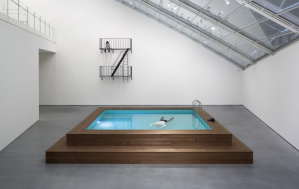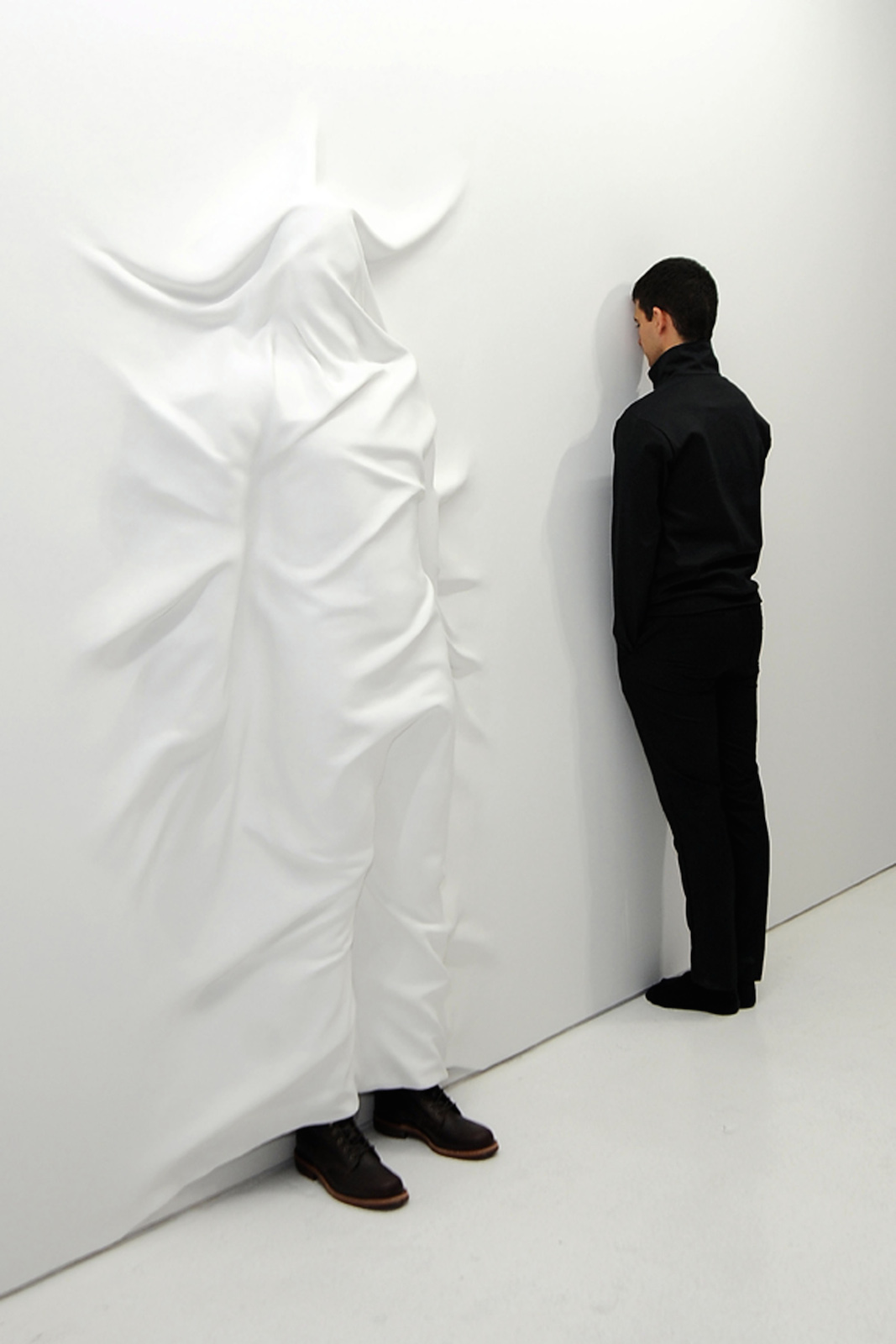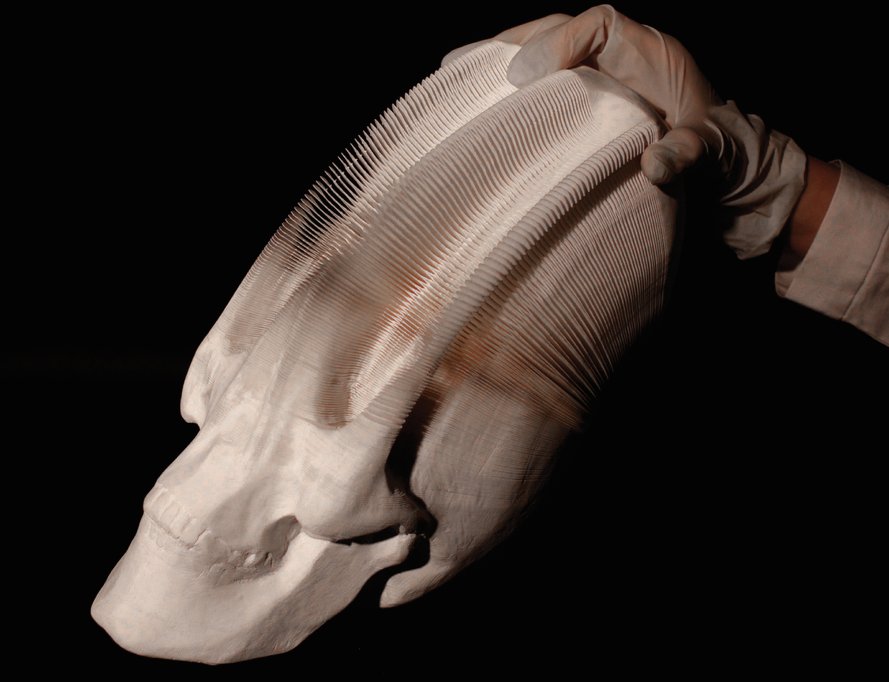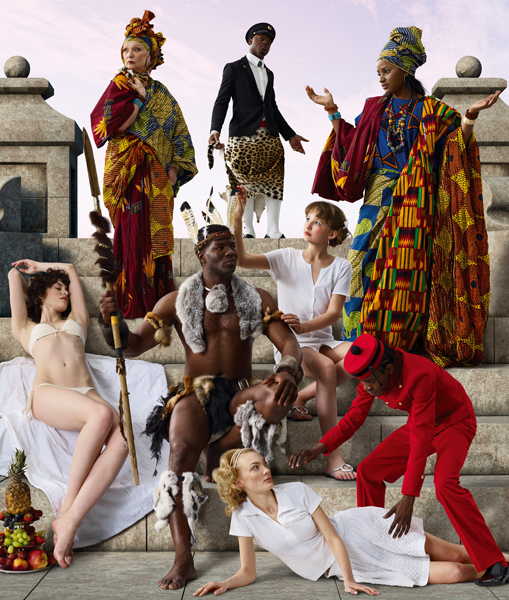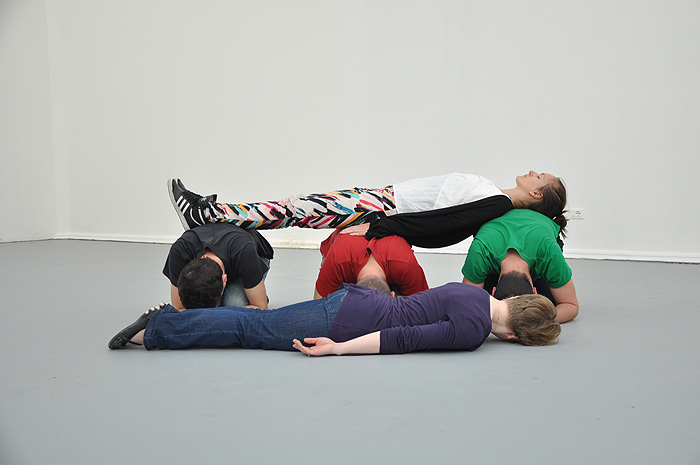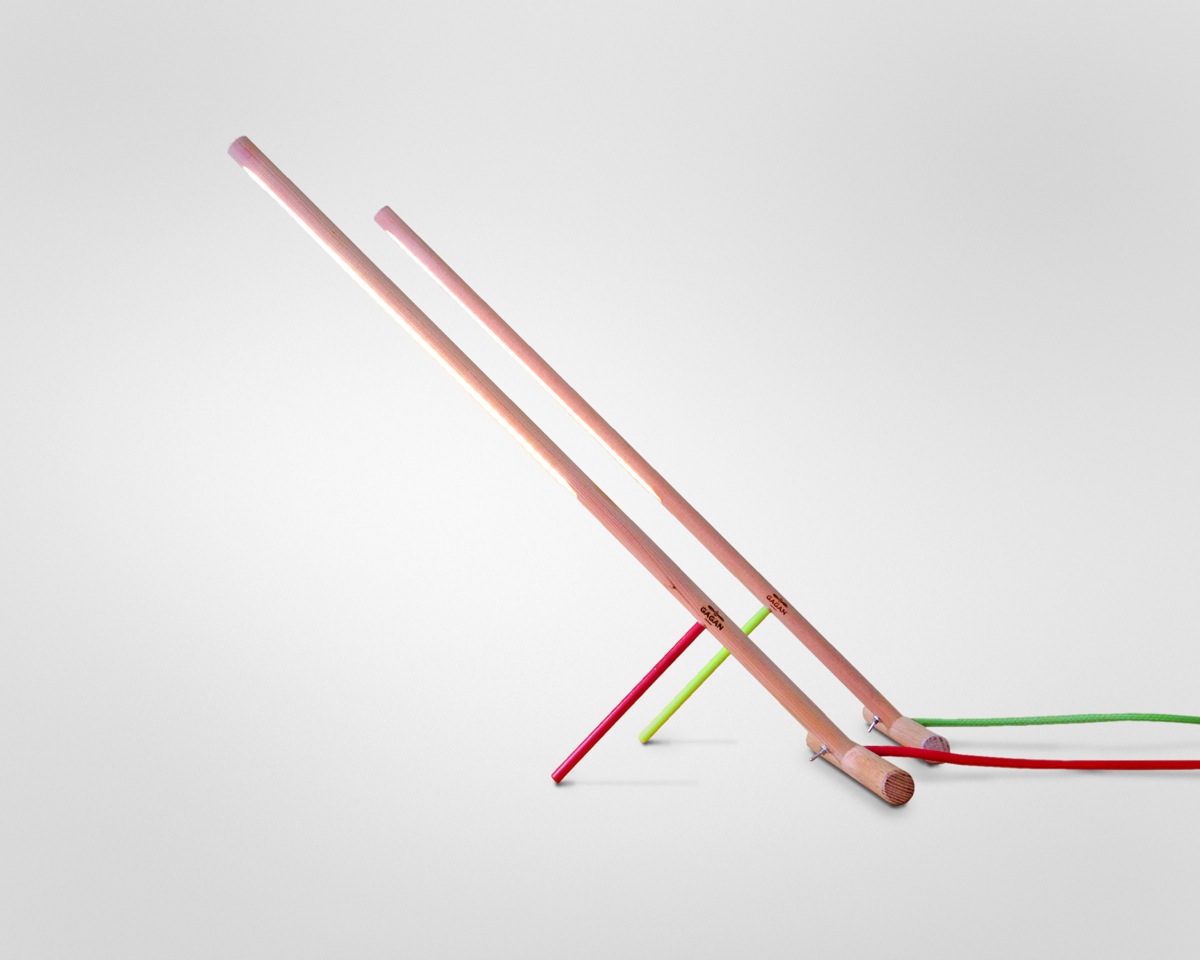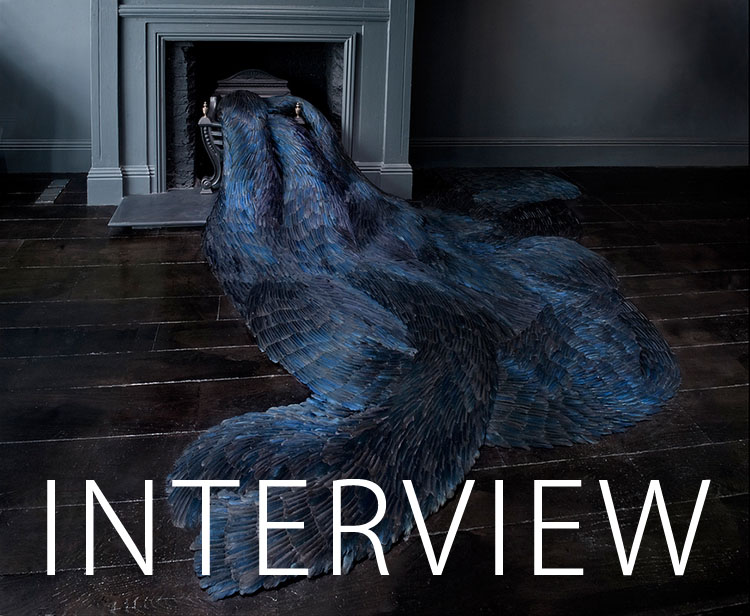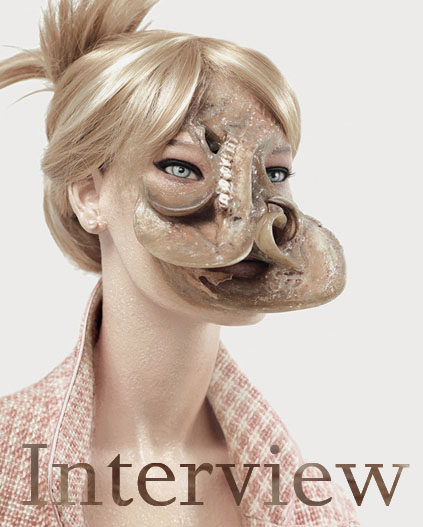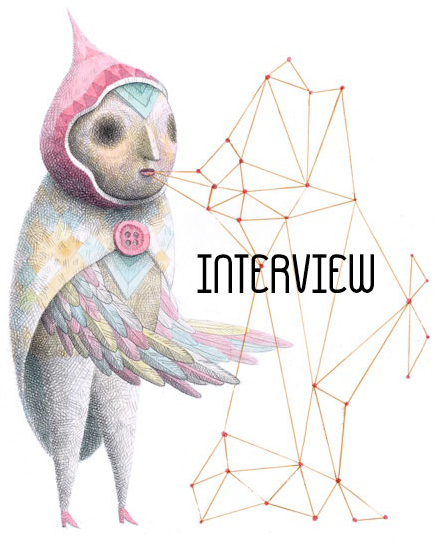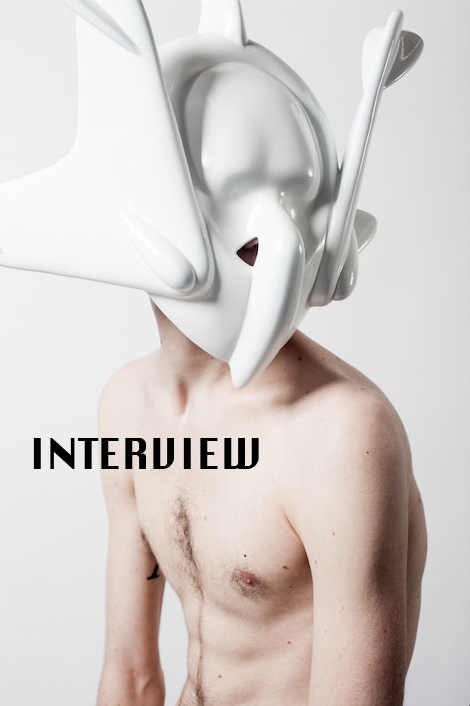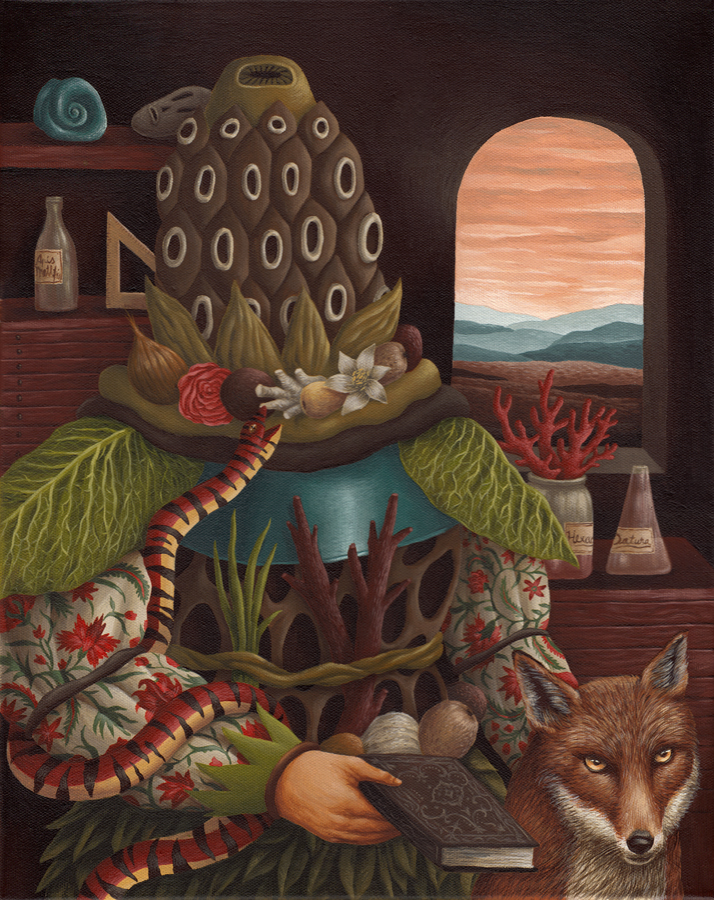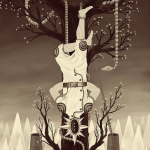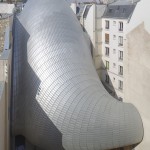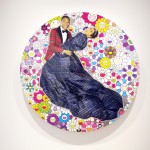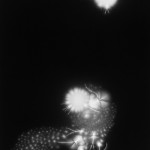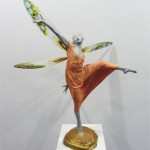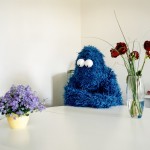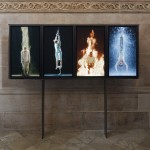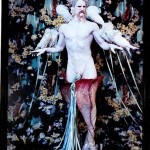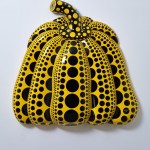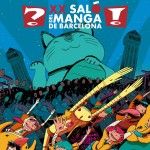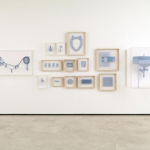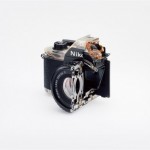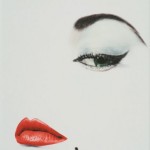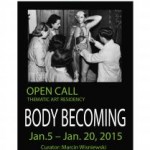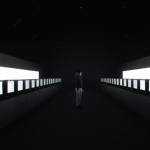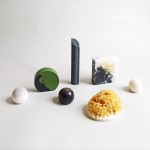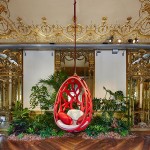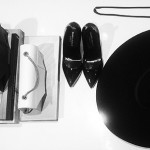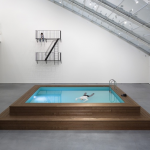INHALE is a cultural platform where artists are presented, where great projects are given credit and readers find inspiration. Think about Inhale as if it were a map: we can help you discover which are the must-see events all over the world, what is happening now in the artistic and cultural world as well as guide you through the latest designers’ products. Inhale interconnects domains that you are interested in, so that you will know all the events, places, galleries, studios that are a must-see. We have a 360 degree overview on art and culture and a passion to share.

… for cinephiles. For directors and other movie professionals it’s Cannes or Berlin or Venice, and some other, smaller festivals that have developed long lasting relationships with certain directors. Film critics and film journalists tend to follow the other two categories, because nobody cares about your review of Adieu au langage six months after the film has premiered in Cannes, and you finally manage to get a seat when it’s playing at the Vienalle.
Sure, festivals come along with a bunch of other perks like an amazing city, networking, or partying. In the end, these all boil down to the same thing: cinephilia; because networking at a festival is just people hanging out talking about what they’ve just seen in the movie theater, and partying means having the same conversation, only it’s harder to listen because of the music and harder to talk because of the drinking. Viena is an amazing city… as far as I could tell looking through the windows of tram no. 2, while going back and forth between the festival’s six venues, all conveniently located so you can maximize the scheduling potential. There’s also a good deal of partying also, and my biggest regret is not being able to see some of the younger directors DJ-ing at the Festivalzentrum. One special mention goes out to the Viennese käse wurst, and the city’s street food culture, that will not let you starve when you’re coming out of a late night screening and all you’ve eaten all day are the complimentary Viennale chocolate bites.
In short, Viennale is the best film festival because it’s not one of the great film festivals. The major film festivals are very exclusive: if one film has already premiered in another festival they won’t show it. Viennale doesn’t even have a competition and doesn’t care about such things. In fact, the bigger the prizes and the exposure, Viennale will love to have you. Big film festivals, they tend to go a lot on previous recognition. If you’re talking about a big director who hasn’t put anything out in years, or maybe a famous actor/actress, the festivals will fight to show your movie even if it’s a bad one. And once that door is open, a lot more of these films tend to get in. It’s always a puzzle when you go to a big festival that’s screening very good films and very bad films in the same section. And this is not a question of taste, while some people may think that the films you like are rubbish and vice versa, everybody agrees that there are huge discrepancies. Another trouble with major film festivals, is that they feel the need to make a stance, to prove or support something beyond the borders of the art itself. Hence they will feature a lot of heavy, not easily digestible films, which is fine but these kind of heavy films don’t make for good binge-watching.
Viennale spans two weeks, from the end of October to the beginning of November, and while the weather may not be so nice, the end of the year is the perfect spot for a festival from a programming point of view: you have a whole year of premieres to choose from. And even if your taste as a moviegoer doesn’t match the taste of the programmer, you can program your own festival inside the Viennale, because everything worth writing on the films has already been written, and you can make an informed choice. I don’t know if I was just incredibly lucky or maybe I’m just born under the same cinematographic sign as festival director Hans Hurch, but I’ve never seen so many great films in one single festival.
In fact, I’ve never seen so many films in single festival. Stories, characters and plots have kind of melted into grand themes and recurring motifs, not unlike the glimmering steel flowing into the sounds of Jarvis Cocker in the Big Melt (directed by Martin Wallace), a documentary in the style of the city symphony, the city being Sheffield (or rather it’s Steel City image as reflected in archival footage) and the symphony put together by Cocker with the help of over 50 musicians. So here it is, a random, stream of consciousness account of the Viennale 2014.
It all started quite climactic, with one of the strongest opening shots I’ve seen this year: a catholic priest in a confessional, the little window is drawn open to let in the light and the words of an unknown sinner “I first tasted seamen when I was seven years old”. The priest is given a week to live, his death sentence a punishment for all the bad things other of his kind have done. As with most amazing opening shots, Calvary is bound to disappoint, but only by comparison.
Peter Strickland’s The Duke of Burgundy is a rather shy and funny account of the irksomeness of S&M relationships. Leather bodices and high heels come along with lower back problems and cramped feet, and being tied and locked in a closed space is not so stimulating when your dominatrix lover is a deep sleeper and her snoring is louder than you can whisper the safe word. What is really fascinating is the exquisite rendition of textures and colors that hint to the other side of this love story, the one you don’t see (the recurring scene with the silk pairs of underwear hanging out to dry against the backdrop of the soft blue tiles of the bathroom is a reference point). On some conceptual level, this may well be Strickland’s own pleasure denying game with the audience, not necessarily the absence of any explicit sexuality but the permanent allusions to a more darker side of the game.
52 Tuesdays directed by Sophie Hyde is another film dealing with confusing sexuality, not only for the mainstream audience but also for the characters of the story: a lesbian mother that just started hormonal treatment to become a man, a teenage daughter experimenting with her own sexuality inside a love-friendship triangle with an older couple and their gay brother/ uncle with a small kid of his own. The film is a coming of age drama – for both female leading characters, while the man is obviously trying to never reach that age – but what really sticks with the viewer is the warmth and depth of their relationships and the feeling that this is what a family should be like (no, I’m not being ironic): teenagers being treated like adults and adults that are allowed to behave like teenagers.
Mambo Cool, Heaven Knows What and Mauro are three films built on a combination of drugs, music and deliberate blurring of the fiction/ documentary line, both on screen but also in the filmmaking process. Chris Gude’s stylized depiction of the “black market of the black market” of drug trade in Medellín, uses real life members of that community and surreal, highly staged décors and monologues to render the feeling of the mambo cool life. Arielle Holmes is in fact starring in her own heroin-and-love-on-the-streets-of-NYC biopic in Heaven Knows What, a story she wrote after a chance meeting with directors Ben & Joshua Safdie. For the neorealist slice of life story of Argentinian money counterfeiter Mauro, director Hernán Rosselli first major production investment was a real forger’s printing press (the film’s detailed depiction of the forging process will bring to mind William Friedkin’s To Live and Die in L.A.).
Tommy Lee Jones pulls a premature friedkin in The Homesman and hangs his leading lady half way through the film, which still stands for courageous Hollywood storytelling even if he kills Hillary Swank’s character only to have his own take the lead.
As with every edition, the Austrian Film Museum had it’s own programme within the larger frame of the Viennale, a retrospective of John Ford comprising fifty of his films. I saw The Whole Town Laughed, the funniest film of the festival (Birdman running a distant second), and have this piece of drunken nonsensical wisdom to impart, from the mouth of the main character brilliantly played by Edward G. Robinson: “A woman is only a woman, but a good cigar is a smoke.” With Sergeant Rutledge I was struck by Ford’s surgical use of humor and the ability to keep the comedic elements from diluting the drama and the higher social and political statement.
Striving for political commentary is something The Terror Live (Byeong-woo Kim) shouldn’t have done. The film starts off with a bang (literally, a bridge blows up) and a news anchor who is contacted by a terrorist and held hostage on live television until his demands are met. For the first half an hour the film lives up to it’s name: a one-man show real time newsroom thriller, brilliantly shot, edited and performed, that has the stakes rising higher and higher with not a moment of respite. As the plot unfolds, the increasing number of dots are getting harder and harder to connect and The Terror Live turns into an action blockbuster with one ridiculous conspiracy running under another, where all the rich people, politicians and television bosses have bribe written on their unsympathetic faces or/and are cynical bastards who don’t mind killing a few people for money, reelection, promotion or rating. To top it all, the finale ties all the loose ends together in a big flashy red bow screaming political ideas wrapped in poorly crafted artistic vehicle.
Loose ends are not a problem for courtroom drama The Blue Room, where Mathieu Amalric delivers a cryptic performance (both as film director and as lead man) that will keep the viewer puzzling over what exactly is he being charged with and who is it that he supposedly killed. Skilfully scripted and edited, the story builds up like a maze through temporally disjointed POV flashbacks and the ongoing investigation. Old pathways are abandoned and new ones emerge, connecting characters, locations, circumstantial evidence, motive, means and opportunity. But when the sentence is delivered, stating that the accused entered the labyrinth at this point, took this route and emerged on this side, the audience is faced with a procedural truth that doesn’t match the map. It is not a matter of right or wrong, but rather that the scales of justice are perfectly balanced. This is no cheap storytelling trick, some important piece of information withheld; the scales are full, the only thing that could tip them would be the accused’s flashback of his crime. But Amalric is not cheating here: either there is no such memory or his protagonist is refusing to remember, both variants equally possible and consistent the storytelling rules that the film has enforced throughout. This wouldn’t have been possible without Amalric’s finely tuned, zero-sum acting. He is in fact, delivering a performance of Schrödinger’s Cat paradox: he’s done it and he hasn’t done it at the same time, we’ll never know, because when the end credits start flowing, he’s still inside the maze.
And so am I, so I’ll just end here, with this image from A Girl Walks Home Alone at Night, directed by Ana Lily Amirpour: a sailor shirt, black pants and chador twisting in the wind Iranian vampire girl, is rolling on a skateboard through the middle of a dimly lit neo-noir empty street.
Andrei Sendrea


